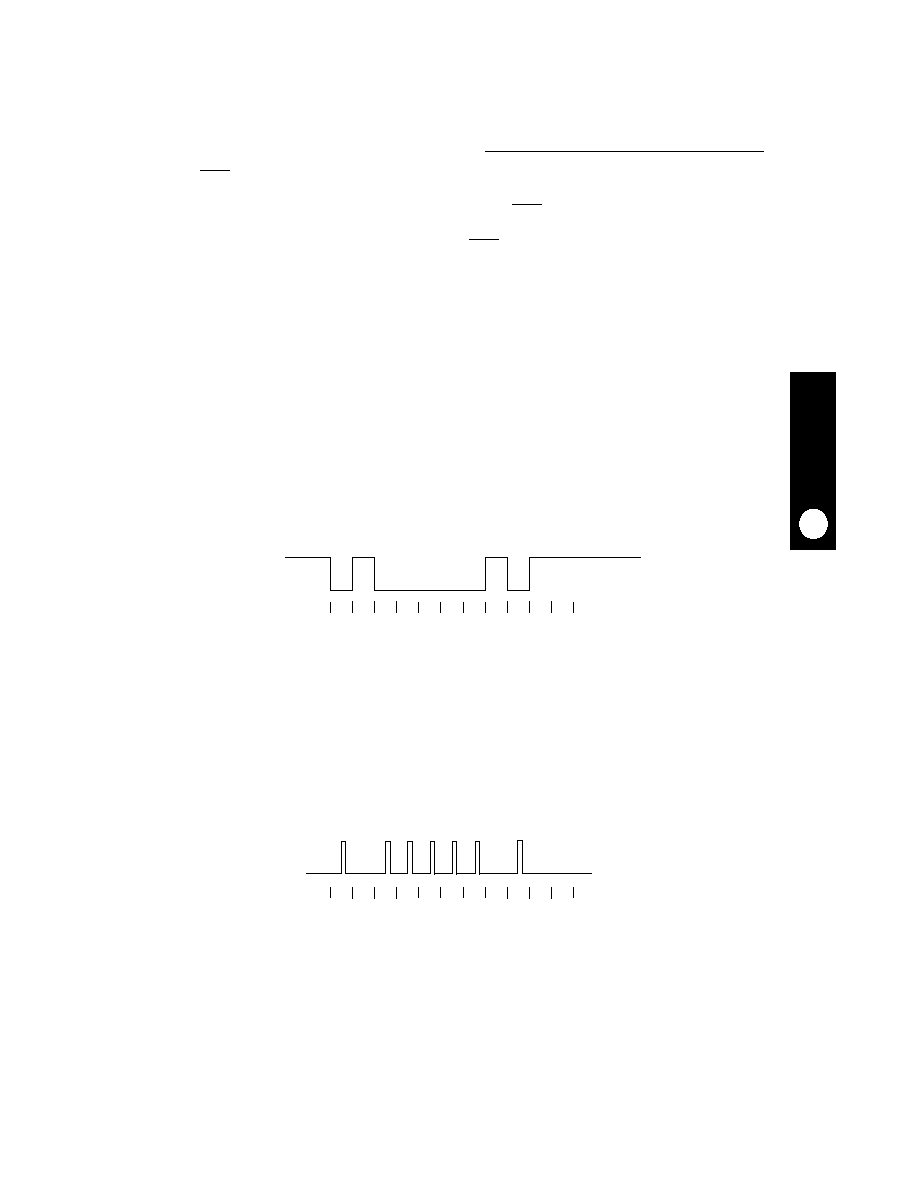- 您現(xiàn)在的位置:買賣IC網(wǎng) > PDF目錄69025 > MC68328PV (MOTOROLA INC) MICROCONTROLLER, PQFP144 PDF資料下載
參數(shù)資料
| 型號: | MC68328PV |
| 廠商: | MOTOROLA INC |
| 元件分類: | 微控制器/微處理器 |
| 英文描述: | MICROCONTROLLER, PQFP144 |
| 封裝: | PLASTIC, TQFP-144 |
| 文件頁數(shù): | 36/198頁 |
| 文件大?。?/td> | 551K |
| 代理商: | MC68328PV |
第1頁第2頁第3頁第4頁第5頁第6頁第7頁第8頁第9頁第10頁第11頁第12頁第13頁第14頁第15頁第16頁第17頁第18頁第19頁第20頁第21頁第22頁第23頁第24頁第25頁第26頁第27頁第28頁第29頁第30頁第31頁第32頁第33頁第34頁第35頁當前第36頁第37頁第38頁第39頁第40頁第41頁第42頁第43頁第44頁第45頁第46頁第47頁第48頁第49頁第50頁第51頁第52頁第53頁第54頁第55頁第56頁第57頁第58頁第59頁第60頁第61頁第62頁第63頁第64頁第65頁第66頁第67頁第68頁第69頁第70頁第71頁第72頁第73頁第74頁第75頁第76頁第77頁第78頁第79頁第80頁第81頁第82頁第83頁第84頁第85頁第86頁第87頁第88頁第89頁第90頁第91頁第92頁第93頁第94頁第95頁第96頁第97頁第98頁第99頁第100頁第101頁第102頁第103頁第104頁第105頁第106頁第107頁第108頁第109頁第110頁第111頁第112頁第113頁第114頁第115頁第116頁第117頁第118頁第119頁第120頁第121頁第122頁第123頁第124頁第125頁第126頁第127頁第128頁第129頁第130頁第131頁第132頁第133頁第134頁第135頁第136頁第137頁第138頁第139頁第140頁第141頁第142頁第143頁第144頁第145頁第146頁第147頁第148頁第149頁第150頁第151頁第152頁第153頁第154頁第155頁第156頁第157頁第158頁第159頁第160頁第161頁第162頁第163頁第164頁第165頁第166頁第167頁第168頁第169頁第170頁第171頁第172頁第173頁第174頁第175頁第176頁第177頁第178頁第179頁第180頁第181頁第182頁第183頁第184頁第185頁第186頁第187頁第188頁第189頁第190頁第191頁第192頁第193頁第194頁第195頁第196頁第197頁第198頁

Universal Asynchronous Receiver/Transmitter
MOTOROLA
MC68328 USER’S MANUAL 12/9/97
11-3
UART
11
PRELIMINARY
RTS—The request-to-send pin is an output that serves two purposes. Normally, the
receiver indicates that it is ready to receive data by asserting this pin (low). This pin
would be connected to the far-end transmitter’s CTS pin. When the receiver detects a
pending overrun, it negates this pin. For other applications, this pin can serve as a
general-purpose output controlled by the RTS bit in the UART receiver register.
GPIO—The general-purpose input/output bidirectional pin has several functions. It can
be a general-purpose input that
t can post interrupts on any transition,
t is controlled by the GPIO bit in the UART baud control register,
t can serve as the source of the clock to the baud rate generator, or
t can output the bit clock at the selected baud rate.
11.3 SERIAL OPERATION
The UART module has two operating modes—NRZ and infra-red. NRZ mode is usually
associated with RS-232. Each character is transmitted as a frame delimited by a Start bit (0)
at the beginning and a Stop bit (1) at the end. Data bits are transmitted least -significant bit
first and each bit is presented for a full bit time. If parity is used, the parity bit is transmitted
after the most-significant bit. Figure 11-2 illustrates an 8 bit ASCII “A” character (41 hex) with
odd parity.
Infra-red operation uses character frames like NRZ mode, but instead of driving ones and
zeros for a full bit time, zeros are transmitted as 3/16 bit time pulses and ones remains low.
The polarity of the transmitted pulses and the expected receive pulses can be inverted so
that a direct connection can be made to external infrared transceiver modules that use active
low pulses. Figure 11-3 illustrated a character in infra-red mode.
Figure 11-2. NRZ ASCII “A” Character with Odd Parity
Figure 11-3. IrDA ASCII “A” Character with Odd Parity
START
BIT
0
BIT
1
BIT
2
BIT
3
BIT
4
BIT
5
BIT
6
BIT
7
PARITY
BIT
STOP
BIT
START
BIT
0
BIT
1
BIT
2
BIT
3
BIT
4
BIT
5
BIT
6
BIT
7
PARITY
BIT
STOP
BIT
相關(guān)PDF資料 |
PDF描述 |
|---|---|
| MC68330FE25 | 32-BIT, 25.16 MHz, MICROPROCESSOR, PQFP132 |
| MC68330FE8V | 32-BIT, 8.39 MHz, MICROPROCESSOR, PQFP132 |
| MC68330CFE8V | 32-BIT, 8.39 MHz, MICROPROCESSOR, PQFP132 |
| MC68330FE16 | 32-BIT, 16.78 MHz, MICROPROCESSOR, PQFP132 |
| MC68332ACFV25 | 32-BIT, 25 MHz, MICROCONTROLLER, PQFP144 |
相關(guān)代理商/技術(shù)參數(shù) |
參數(shù)描述 |
|---|---|
| MC68328UM | 制造商:MOTOROLA 制造商全稱:Motorola, Inc 功能描述:Integrated Portable System Processor-DragonBall |
| MC68330 | 制造商:FREESCALE 制造商全稱:Freescale Semiconductor, Inc 功能描述:Integrated CPU32 Processor |
| MC68330CFE16 | 制造商:FREESCALE 制造商全稱:Freescale Semiconductor, Inc 功能描述:Integrated CPU32 Processor |
| MC68330CFE8V | 制造商:FREESCALE 制造商全稱:Freescale Semiconductor, Inc 功能描述:Integrated CPU32 Processor |
| MC68330CFG16 | 制造商:FREESCALE 制造商全稱:Freescale Semiconductor, Inc 功能描述:Integrated CPU32 Processor |
發(fā)布緊急采購,3分鐘左右您將得到回復。